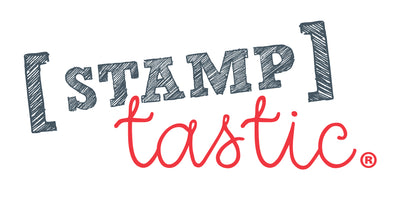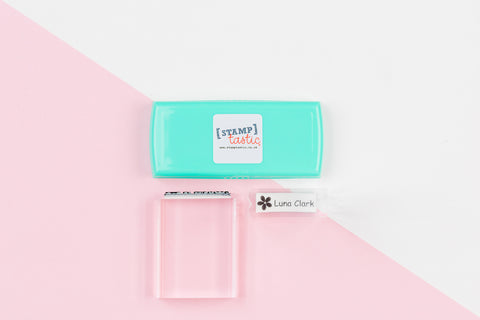Understanding numbers is a key skill that pre-schoolers need to master. Mastering what we see as quite basic number skills is actually a complex learning journey for a child. Learning about number and counting involves mathematical language, memory efficiency, visualisation…and that’s just the start!
The good news is teaching numbers can be done in a fun and interactive way and be incorporated in daily simple activities. Even more…numbers are absolutely everywhere! When we count the stairs, bake buns, sing counting songs, share out 4 biscuits on the plate, we are engaging children in maths and number activities. In fact there are so many times when we are educating our children without even realising it and with a little bit of extra thought we can turn the most mundane everyday activities into opportunities for learning. Our ultimate aim needs to be fostering confidence and curiosity with numbers.
So how can you help your child develop key numbers skills?
Number Names
This is the first obvious stage of learning about numbers. Children start to repeat the names of numbers they pick up from hearing them. At this stage it’s simply a name and comes with no understanding of quantity and order. Singing number songs, reading books that involve numbers and pointing out numbers around us are the early stages of activity.
Number sequences
In this stage children learn that numbers have a fixed sequence: one, two, three, four, five and so on. Knowing the number names and getting them in the correct order relies hugely on memory. It actually isn’t until the twenties before they hear a repeating pattern!
What you can do:
Use everyday opportunities to practise counting like the steps as you go up, the tins as they go in the trolley, candles on a birthday cake.
Matching
Matching items one-to-one is a really important mathematical concept. It’s the method we use to prove that two quantities are the same or equal with no items left over. Also referred to as ‘1-1 correspondence’. This means that an object corresponds to another object, or that an object matches a number. ‘3’ means 3 objects and they need to count to 3.
What you can do
Cardinal values and counting
When children first learn to count in sequence, they don’t realise that the last number spoken represents how many there are in the group. This is the cardinal number. So if they count four objects, there are four objects in the set and even if recounted four would remain!
Begin counting 1-3, progress to 5 and then move onto 10 eventually.
What you can do:
- Provide little objects for your child to count and match to numbers.
- Songs and rhymes -number rhymes and songs are a great introduction to numbers. ‘1, 2, 3, 4, 5 once I caught a fish alive’, ‘Ten Little Monkeys Jumping on the Bed’ are popular favourites. Model showing the numbers on your fingers as you sing together so they begin to relate a particular number to that many fingers.
- Set the table with 4 plates, 4 knives and forks and 4 spoons.
- Count fingers and toes – these are the best accessible counting apparatus we have! Encourage them to count using their digits and practise isolating fingers to show say ‘3 tall soldiers’ whilst hiding the remainder.
- Tower of blocks - count blocks as you build towers together.
A real confidence booster is to make pretend mistakes and encourage them to correct you and take the lead.


Visualisation and number recognition
Numbers can stand for different things and this makes counting tricky: for example, ‘I am 4’, ‘There are 4 biscuits on the plate’ and ‘That football player is wearing number 4 on his shirt!’ Similarly, there is nothing about the digit 5 that physically represents five! So we compensate by learning alternative ways to visualise the number – like five fingers on a hand or five spots on a dice.
What you can do:
- Number spotting -notice numbers in vehicle registration plates, clocks, speed signs, ad boards, buses and house doors. In the supermarket notice numbers in prices and on aisles. A great anchor point for children is to find the number that matches their age. “Let’s look for aisle 4. We need to find the milk”.
- Numbers Hunt - hide numbers from 1-5 initially around the house for them to find and say the found numbers.
Ordering numbers
As your child begins to feel confident with counting begin to try activities that encourage them to place jumbled up numbers in the correct sequence. As before begin with 1-3 then 1-5 before moving on with higher numbers.
What you can do:
- Toy car park -stick number labels on cars and draw a matching number of parking spaces. Get your child to drive and park the cars in the correct order. A similar activity could be coupling train carriages to the engine on a track.
- Number fish -catch the number fish in the correct order from the pond. Paper fish with numbers written on, paperclips and simple magnetic fishing rods can be easily made.
Ordinal numbers
These are simply the words that describe ‘a thing’s position in a sequence’, as in ‘first’, ‘second’ and ‘third’. Children need to understand them so they can follow instructions in the right sequence and it helps them to structure the day.
What you can do
- Talk about them! -Share the daily events with your child. First, bath time. Second, brush teeth. Third, pajamas. Fourth, story time.
- Follow simple recipe cards -share the instructions completing each step in turn.
For children to be good at number, they need to feel confident about giving it go. Work within their stage whether that’s numbers 1-3, 1-5, or 1-10, all children progress at different rates. Our top tips are:
- Praise your child for their effort, not their ability.
- Positivity is key – Numbers are fun!
Stamptastic in partnership with Jo and Lisa, look forward to taking you on this journey to support your child develop the necessary skills to feel smart and confident from day one at BIG school.
ORDER A STAMP FOR SCHOOL UNIFORM HERE
Other blog posts you may find useful:
Everything You Need To Know About School Uniform For Back To School
Starting School: The Top Ten School Uniform Tips
Starting School: The Back To School Uniform Checklist
Stamptastic: The Ultimate Parent Hack
Starting Primary School: Introduction
Stamptastic Starting School Series: Meet The Experts




0 comments